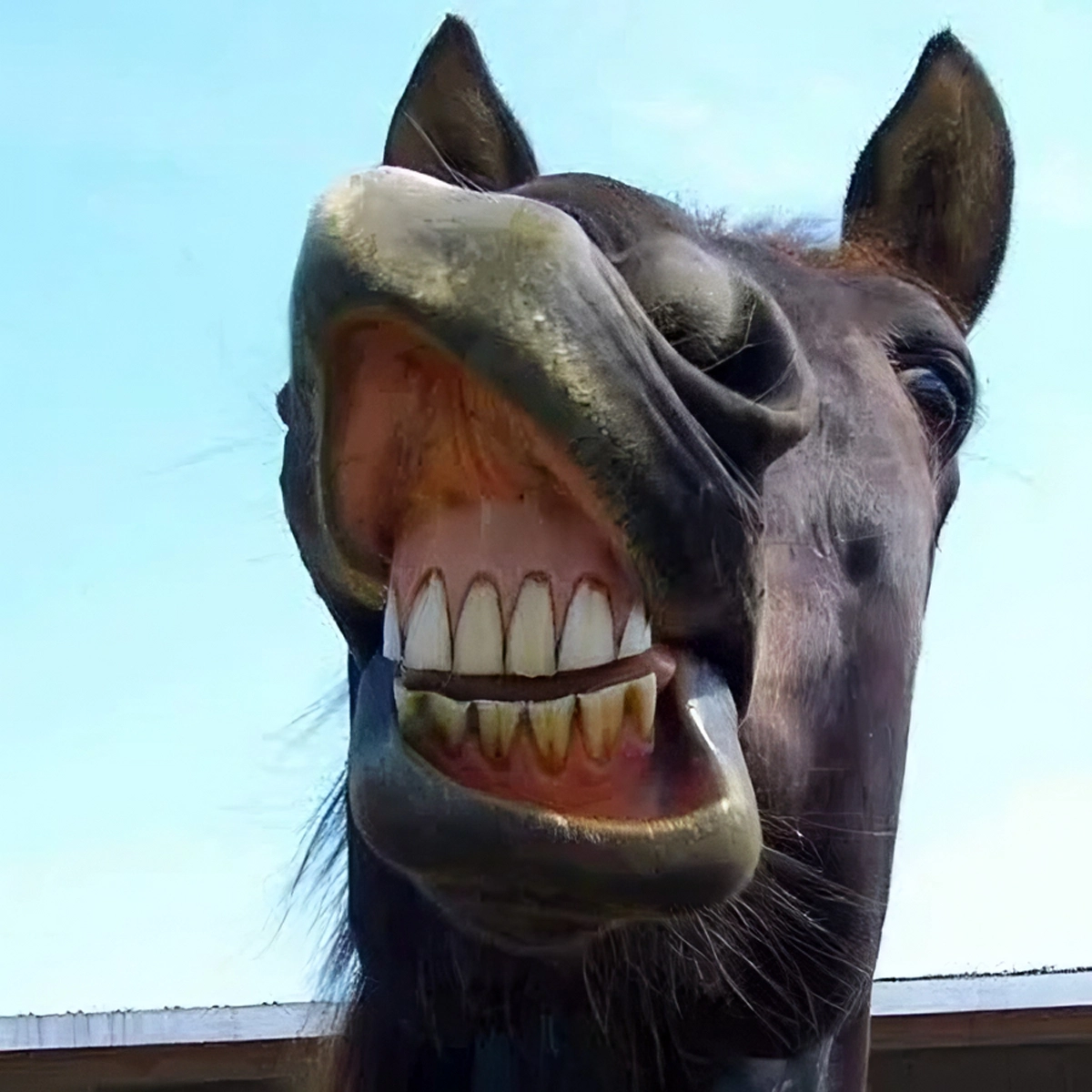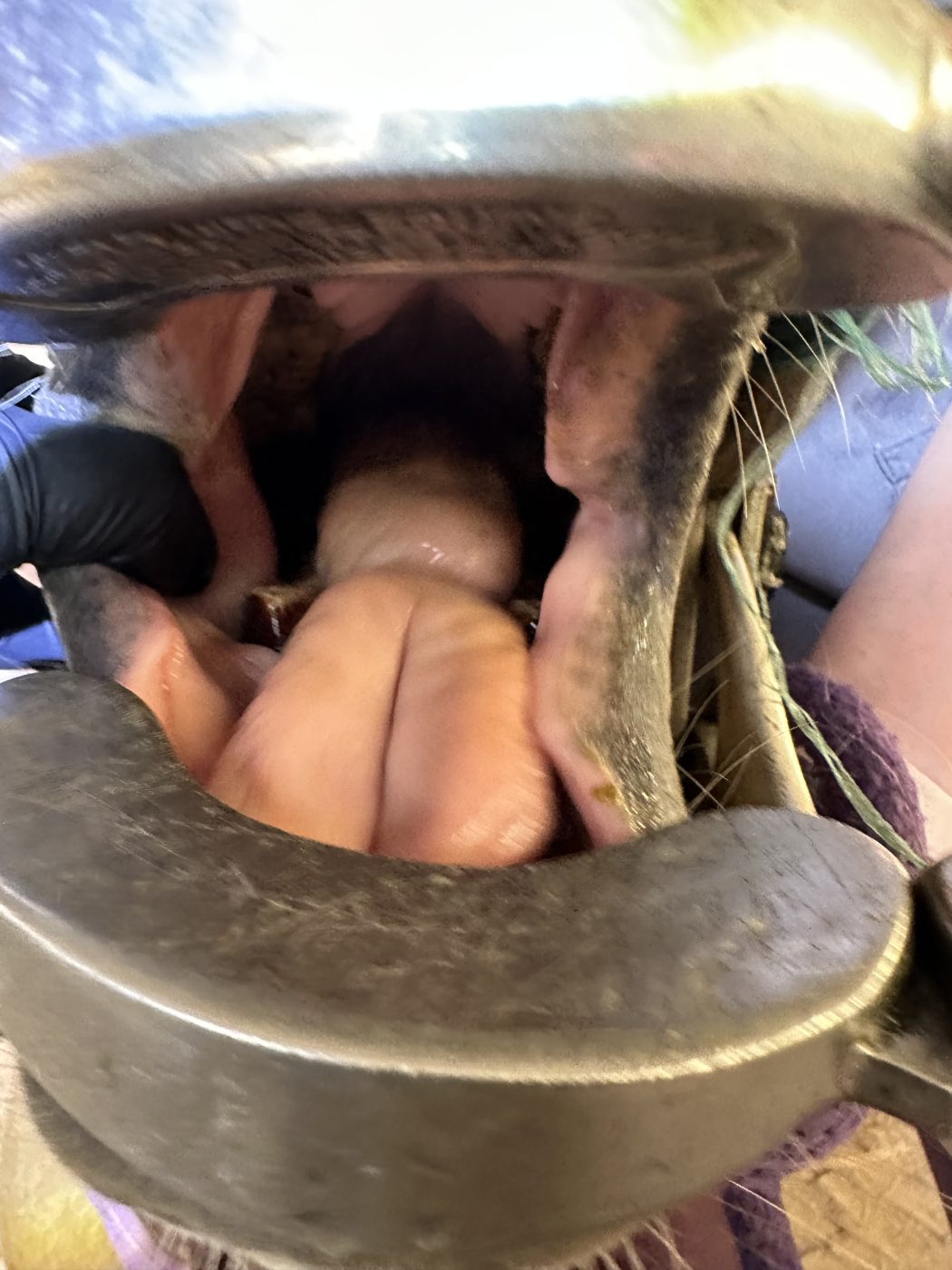Equine Dentistry
Equine masticular equilibration (also known as the “float”) is one part of the preventative care. Prior to getting “floated,” it is important to perform a thorough oral examination. This examination includes utilizing a full mouth speculum, a bright light source, and a mirror or oroscope (specialized camera that can look at teeth and other oral structures.) Horses can get cavities, gingivitis, oral tumors, broken teeth, and other degenerative conditions. It is important to diagnose and treat these underlying conditions to improve the health and comfort of your horse. All Points Equine has dedicated many hours to staying current on the latest methods to diagnose and treat dental disease in the horse.

Equine Osteoclastic Tooth Resorption and Hypercementosis (EOTRH)
This is a painful degenerative condition of the incisors, canines, and (occasionally) second premolar. Diagnosis and staging usually requires radiographs and the only treatment is removal of the affected teeth.
Fractured Teeth (especially molars and premolars)
This is a common problem that occurs from trauma, secondary to other tooth pathology such as a cavity or infundibular hypoplasia. The broken teeth can be very painful and can become infected-causing abscessation and infection into the sinus or jawbone.


Wolf Tooth Removal
Wolf teeth are found in some-but not all- horses. They are located in front of the first upper (and sometimes lower) cheek teeth. Many trainers request their removal prior to bit training.
